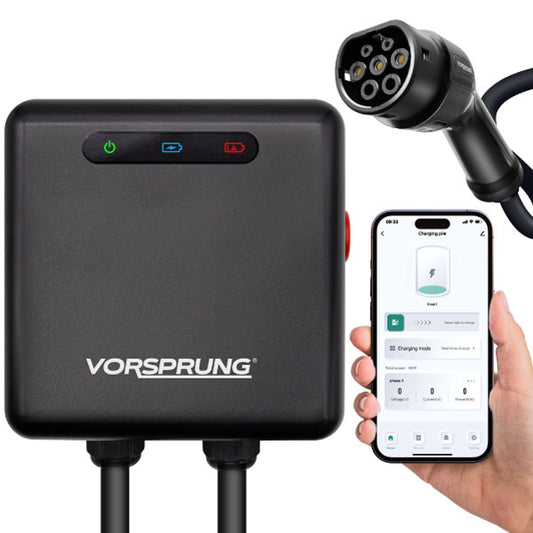Electric vehicles (EVs) are becoming increasingly popular, and with that, there is a growing interest in electric vehicle automation. Automation refers to the use of computer systems to control the operation of a vehicle. In the context of EVs, automation can be used to improve safety, efficiency, and convenience.
Two Main Types of EV Automation
There are two main types of EV automation:
1. Automatic Emergency Braking (AEB)

AEB is a system that uses sensors to detect objects in front of the vehicle and automatically apply the brakes if the driver does not react in time. AEB can help to prevent or mitigate crashes, especially rear-end collisions.
2. Lane Keeping Assist (LKA)
LKA is a system that uses sensors to detect the lane markings and automatically steer the vehicle to keep it in the lane. LKA can help to prevent the driver from drifting out of their lane, which can be a major cause of accidents.
Other Features in Development
In addition to the two main types of automation, there are other features being developed for EVs, such as:
-
Adaptive Cruise Control
Adaptive cruise control uses sensors to maintain a set distance between the vehicle and the car in front of it. This can help to reduce driver fatigue and improve fuel efficiency.
-
Traffic Jam Assist
Traffic jam assist is a system that can automatically control the acceleration, braking, and steering of the vehicle in stop-and-go traffic. This can help to reduce driver stress and make commuting more comfortable.
-
Self-parking
Self-parking systems can automatically park the vehicle in parallel or perpendicular parking spots. This can be a convenient feature for drivers who find it difficult to park in tight spaces.As EV technology continues to develop, we can expect to see even more advanced automation features being introduced. These features have the potential to make EVs safer, more efficient, and more convenient to drive.
The Benefits of Electric Vehicle Automation
There are several benefits to electric vehicle automation, including:
- Improved safety: Automation can help to prevent accidents by automatically applying the brakes or steering the vehicle away from obstacles.
- Increased efficiency: Automation can improve fuel efficiency by maintaining a constant speed and avoiding unnecessary braking and acceleration.
- Enhanced convenience: Automation can make driving an EV easier and more convenient, especially in congested traffic or parking situations.
The Challenges of Electric Vehicle Automation
While there are many benefits to electric vehicle automation, there are also challenges that need to be addressed, such as:
- Cost: Automation features can be expensive, which may make them inaccessible to some consumers.
- Complexity: Automated systems can be complex and difficult to develop and maintain.
- Regulation: Regulatory hurdles need to be overcome before automated driving features can be widely deployed.
The Future of Electric Vehicle Automation
The future of electric vehicle automation is bright. As the technology continues to develop, we can expect to see more and more advanced features being introduced. These features have the potential to make EVs safer, more efficient, and more convenient to drive.
In the long term, it is possible that fully autonomous EVs will become a reality. This would have a profound impact on the way we travel, making it safer, more efficient, and more convenient than ever before.
Conclusion
Electric vehicle automation is a rapidly developing field with the potential to revolutionize the way we drive. As the technology continues to develop, we can expect to see even more advanced features being introduced. These features have the potential to make EVs safer, more efficient, and more convenient to drive.








